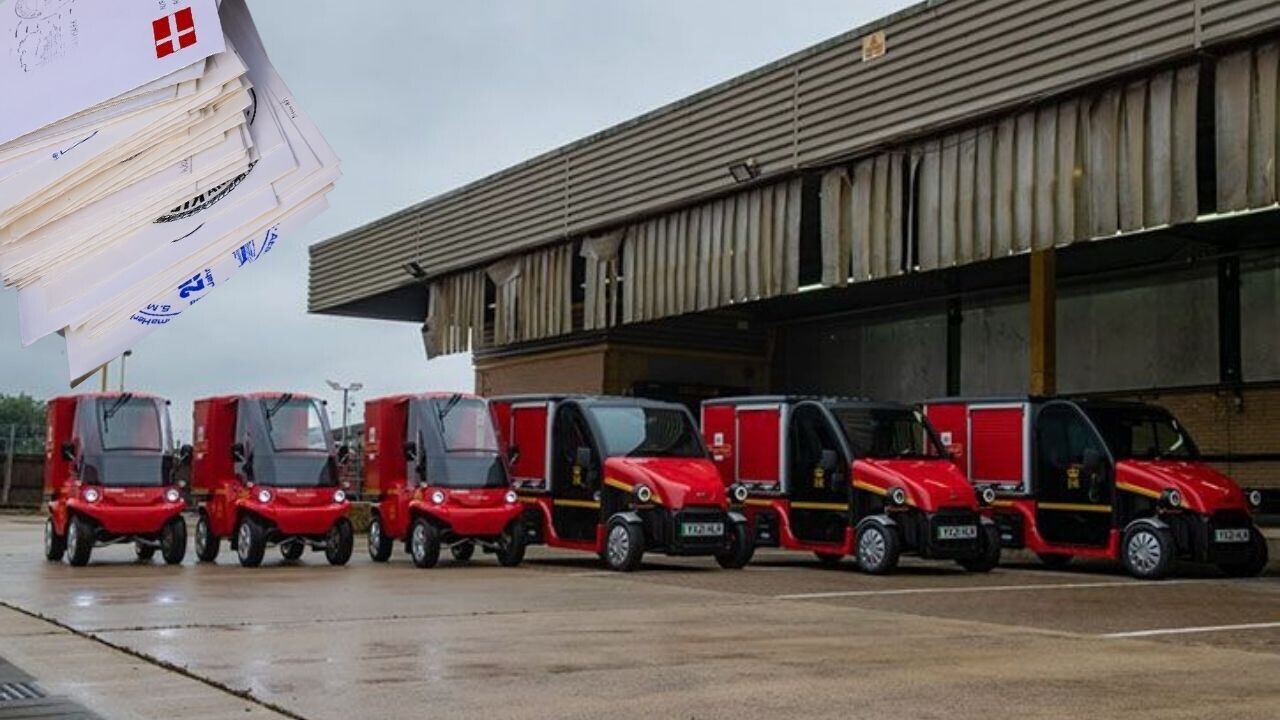
Did you know SHIFT is taking the stage this fall? Together with an amazing line-up of experts, we will explore the future of mobility during TNW Conference 2021. Secure your ticket now!
Royal Mail has committed to the full electrification of its vehicles by 2030, and, in June, added 3,000 electric vans to its fleet, achieving an impressive tenfold increase.
Now, the British postal service will start trialing twelve micro electric vehicles (MEVs) as part of the company’s aim to further reduce the emissions associated with its operations.
The MEVs will deliver letters and small parcels in residential areas as a potential — lower carbon — alternative to larger vans, typically shared between two postal workers.
Each postal worker will now operate a separate micro vehicle, in order to assess whether this provides better flexibility on busy routes in a more environmentally friendly way.
The trial will last for six months and the twelve MEVs will be deployed in five locations: Edinburgh, Crewe, Liverpool, Swindon, and London.
There will be two types of micro electric vehicles:
The Paxter Cargo
Measuring 2.4 long and a just over a meter wide, the Paxter is small and compact, not unlike a golf buggy. It features a central seating position and comes with a handlebar steering wheel.
It can drive with a maximum speed of 45km/h, and its battery range is good for 141km.
The Ligier Pulse 4
The Ligier is slightly larger, being just over 3 meters long and 1.8 meters wide. Unlike the Paxter, it features left-hand drive and steering to ensure additional safety.
It has the same speed, but a somewhat lower range at 199km.
Both vehicles can be charged overnight using a standard three-pin plug (between 8 and 10 hours) and are said to be able to carry an “average daily round’s worth of letters and small parcels.”
Once the trial period comes to an end, Royal Mail will decide whether it will use the MEVs on a wider scale to supplement its more conventional vehicles.
Do EVs excite your electrons? Do ebikes get your wheels spinning? Do self-driving cars get you all charged up?
Then you need the weekly SHIFT newsletter in your life. Click here to sign up.
Get the TNW newsletter
Get the most important tech news in your inbox each week.




